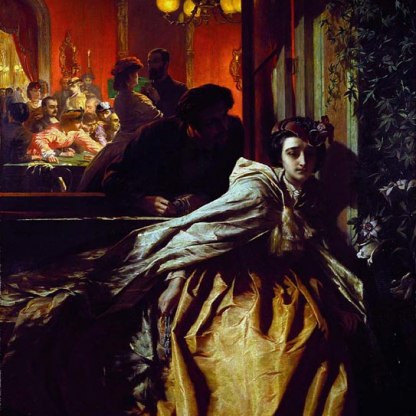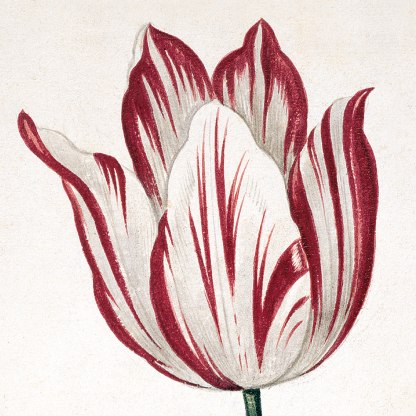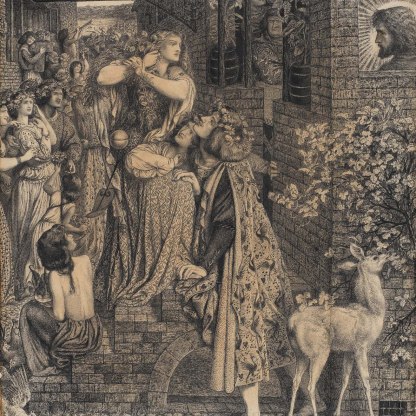Flowers of the Field
All flesh is grass, and all the goodliness thereof is as the flower of the field: The grass withereth, the flower fadeth: because the spirit of the Lord bloweth upon it: surely the people is grass. The grass withereth, the flower fadeth: but the word of our God shall stand forever.
Isaiah 40, 6–8
It could be said that since all plants are doomed, like men, to fade and wither, all flower paintings necessarily carry intimations of mortality. Some, however, are more obviously morbid than others.
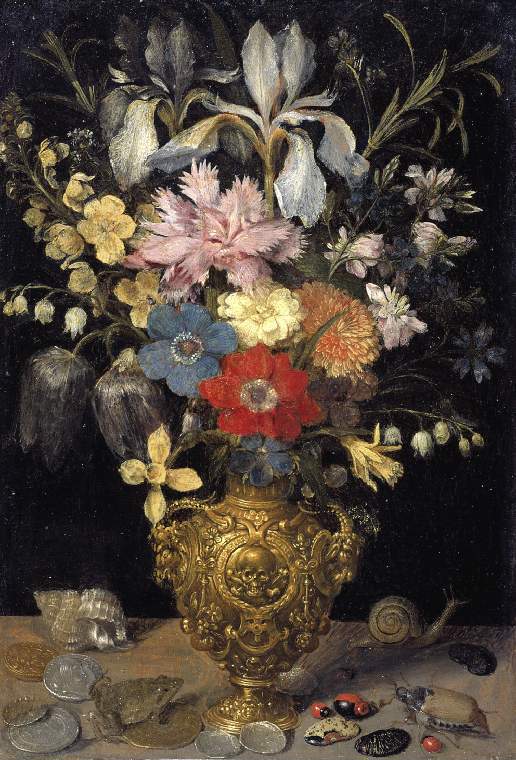
Georg Flegel’s painting [PD.12-1996], for instance, is explicit about the connection between flowers and death. Here a fresh and bright bouquet stands in a vase decorated with a human skull, around which are written the Latin words Memento mori ('Remember you must die').
After the excessive mania for tulips in the Netherlands in the seventeenth century, rare and exotic blooms came to represent human folly, and this might explain the presence of the monkey at the bottom of a vase of flowers in Ambrosius Bosschaert’s 1635 painting [PD.59-1974].

In religious art, flowers often have symbolic values. The most common is probably the white lily that represents the purity of the Virgin Mary. It is often to be seen in depictions of the Annunciation, such as that by the fifteenth-century Florentine painter, Domenico Veneziano [1106]. St Bernard of Clairvaux interpreted the lily as representing Christ himself.
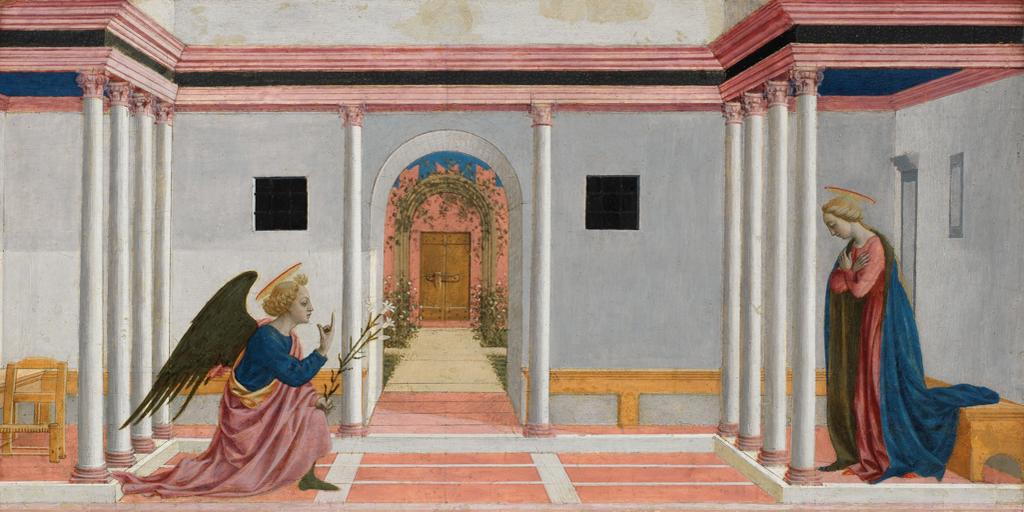
Flowers can have a more general religious significance as evidence of the miracle of the God's Creation. The idea of nature as revelation of God’s goodness and power was widespread in the Renaissance. The great humanist philosopher Erasmus of Rotterdam, wrote in 1527:
In my opinion Nature is not mute, but is everywhere full of speech, and teaches the observer many things, if she finds him attentive and ready to learn. What else does that pleasant face of verdant Nature proclaim than that God’s wisdom is equal to his goodness?
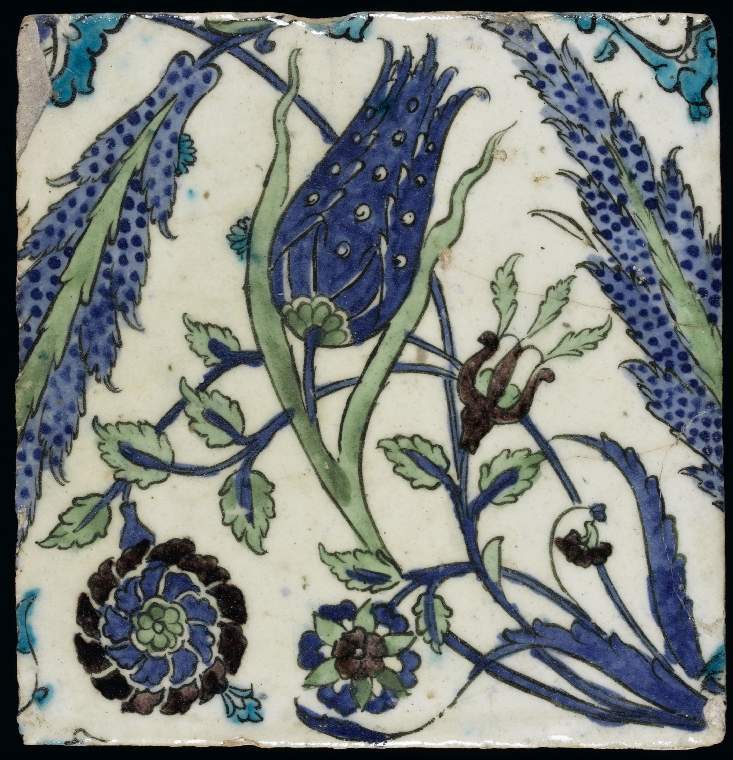
A similar idea is found in the East. While Islamic art almost never includes the human figure, flowers recur throughout as symbols of Allah’s creation. A sixteenth-century Islamic tile from the Fitzwilliam [C.1-1929] was made in Damascus and decorated with a tulip and other flowers of the field.
Other highlight objects you might like
Other pathways and stories you might like
Sign up to our emails
Be the first to hear about our news, exhibitions, events and more…


